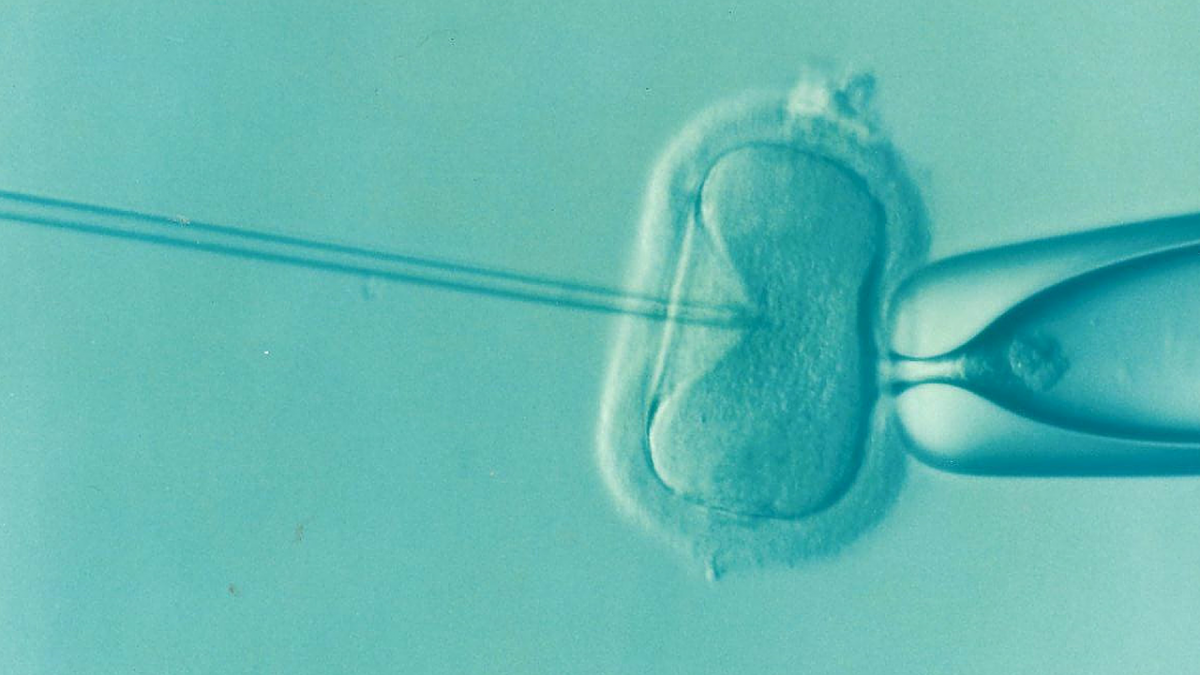
The Union Government is moving to regulate the fertility industry in India, having introduced the Assisted Reproductive Technology (Regulation) Bill, 2020 in the Lok Sabha on the first day of its monsoon season.
Regulating assisted reproductive technology has been an objective of the Union Government for several months. The Union Cabinet approved the Bill earlier this year, which the Government has described as “historic.” The legislation, as previously reported by Health Issues India, “outlines a number of regulations for providers of assisted reproductive technology services such as in-vitro fertilisation (IVF) and surrogacy and sets out the regulatory framework concerning the same.”
“The major benefit of the Act would be that it will regulate the assisted reproductive technology services in the country,” the Government said. “Consequently, infertile couples will be more ensured/confident of the ethical practices in [assisted reproductive technology services].”
Infertility in India is a significant issue. As Health Issues India reported in January, citing the Indian Society of Assisted Reproduction, infertility “is a rapidly increasing problem, currently affecting between ten and fourteen percent of the Indian population, with higher rates in urban areas ranks among the drivers of infertility, given that “any of the risk factors for developing noncommunicable conditions may also increase the risk of infertility. In addition, many of the NCDs are themselves causative factors of infertility.”
Air pollution too is a risk factor for infertility, especially in males. “Air pollution has been found by recent studies to reduce sperm quality in males,” we noted. “This is notable, as in India, more men have been found to be affected by fertility issues than women, implicating pollution as a possible explanation.” Experts believe infertility to be more common among men, outlining at a conference held last year in Visakhapatnam that infertility in men is 1.5 percent more common than infertility in women with the age of onset lowering from 35 to those aged over thirty.
The fertility industry in India, however, has been in the Government’s crosshairs for some time. Last year, for example, the Government made significant overtures towards cracking down on commercial surrogacy. It introduced legislation to ban the practice, which cleared the Lok Sabha. This legislation, which imposed a number of strict restrictions on couples seeking to avail surrogacy, did encounter substantial scrutiny in the Rajya Sabha. A parliamentary panel earlier this year suggested a number of alterations and moderations to the proposed law.
The Assisted Reproductive Technology (Regulation) Bill, 2020 sets out a number of what Nidhi Sharma in ETHealthworld.com describes as “stringent processes to be followed by clinics and banks. It provides for the setting up of national and state boards to ensure that clinics follow the rulebook. After the enactment of the legislation, a national registration authority would be set up and all clinics and banks would have to mandatorily register within sixty days.”
Per the Bill itself, “the need to regulate the Assisted Reproductive Technology Services is mainly to protect the affected women and children from exploitation.” The effects on the fertility industry in India as a consequence of the legislation remain to be seen.

